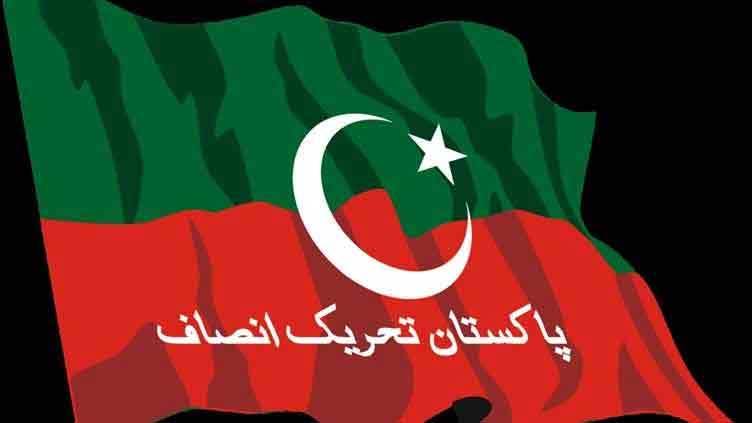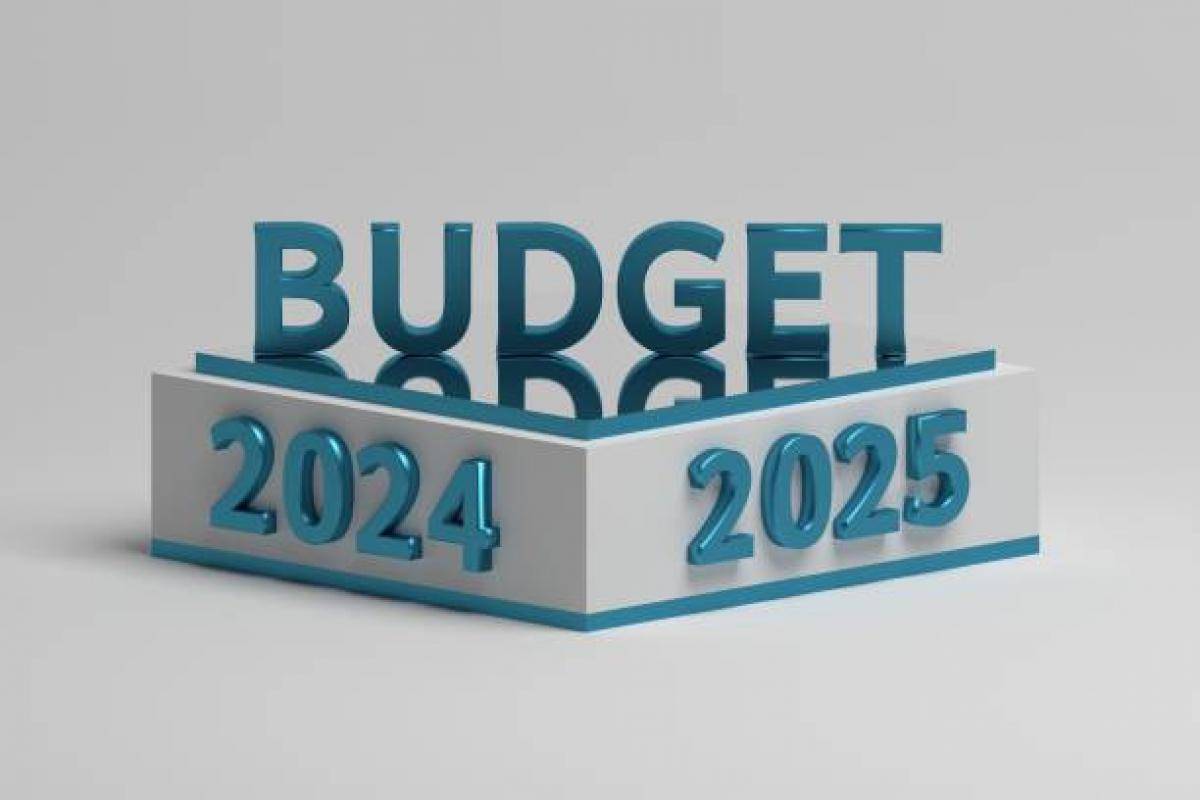By Tariq Mahmood Awan
Rule 2 of the Civil Service Reforms: Structural alignment of the services
Structural reforms change an organization’s fabric, the institutional and regulatory framework in which the organization and human resources perform operations. These aim to ensure the organization is functional and competently able to acknowledge its growth potential proportionally. The reforms intend to replace archaic governance systems with practical and innovative dexterities.https://republicpolicy.com/five-rules-of-civil-service-reforms-rule-1/
Civil services in Pakistan require structural transformations and reformation. Most of the services emanate from the colonial and archaic models, which are redundant to the technological advancement of the time. Technological advancement has superseded organizational patterns and developmental models. Organizations have gone innovative and potently effective. The structures, human resources, coded law and operations have sublimed into operational productivity and exponential growth. As there are new fundamental challenges, there must be technological and innovative responses to these. Besides technological advancement, constitutional obligations have grown alongside models of governance and administration in the public sector. Hence, the civil services in Pakistan require structural alignment with the legislature, Executive, judiciary, technology, coded law and modern organizational methods and procedures.
The process of structural alignment must corroborate the structure of the state of Pakistan. Pakistan is a federal parliamentary state. What is a federation? The Federation is the government of a national community. In such a model, there are two levels of government, one haggling with the common and the other with the territorially diverse mechanism. Unlike a unitary government, in which power is centralized, in a federation, a mandatory distribution exists between the federal state and its constituent parts, and the equilibrium of power is continually shifting. The federal government often called federalism, is a process rather than a static design. Pakistan is a federation with the distribution of powers according to schedule IV of the constitution.https://republicpolicy.com/five-rules-of-civil-service-reforms-part-1/
What is a parliamentary form of government? A parliamentary system is a democratic form of government in which the party (or a coalition of parties) with the highest representation in the parliament (legislature) forms the government, its leader becoming prime minister or chief Executive. Executive functions are exercised by members of the parliament appointed by the prime minister to the cabinet. The parties in the minority serve in opposition to the majority and, therefore, must challenge it regularly. Prime ministers may be removed from power whenever he loses the confidence of a majority of the ruling party or the parliament. Hence, the essential part is that the Executive takes birth from the legislature, unlike a presential system of governance. Therefore, the political and bureaucratic Executive must take birth from the exact legislature.
A government has three primary organs; The legislature, Executive and judiciary. What is Executive? The term ‘Executive’ has been defined in its broad and narrow forms. In its comprehensive form, it is taken to mean all the functionaries, political power-holders (Political executives) and permanent civil servants who undertake the execution of laws and policies and run the administration of the state.
In its narrow form, it is taken to mean only the executive heads (ministers, i.e. the political Executive), who head the government departments, formulate the policies and supervise the implementation of the laws and policies of the government. In the narrow form, the civil service and its administrative functions are not included in the realm of the Executive.
Traditionally, only the narrow meaning used to be accepted by political scientists. However, in modern times, the Executive is defined in its broader form, covering both the Political Executive and the Civil Service. Hence, the Executive has two parts, the political and bureaucratic.
What is the bureaucratic part of an executive? It consists of the civil servants (Bureaucracy) from the lowest to the highest levels. It carries out the day-to-day administration by working in government departments. The civil servants are politically neutral. They do not owe allegiance to any political party.https://republicpolicy.com/the-executive-denial-of-constitutional-fiscal-federalism-in-pakistan/
Their assignment is to carry out the laws and policies of the government without any political contemplation. They are specially familiarised and trained people. They are experts and professionals. They give expert guidance and contention and collect, classify and present data to the political Executive based on which the latter takes all decisions.
Once appointed, the civil servants remain in office till retirement age, usually up to 55 or 60. They get regular and fixed salaries and are hierarchically organized into higher and lower relationships. Hence, the civil service is the permanent part of the executive branch of the government and performs functions under the supervision of the political Executive as per law and rules.
After determining the structural roles of civil services, the civil service reformers must implement the structural rules into the reformation process. The first sub-rule is that there must be an executive alignment of the services. It primarily means that both executive parts must emanate from the same legislature. The civil service structure shall bring administrative and structural anomalies if this elemental principle is not upheld. Firstly, the civil service must align with its inherent political Executive; it must have the same origin as the political Executive from the exact legislature. Then, finally, both parts of the Executive must implement the exact laws of the legislature they take birth from. This is the structural principle to reform the bureaucracy.
Now, we apply this structural principle to the existing model of bureaucracy. Parliamentary governance requires that the Executive must take birth from the same legislature. For example, if the chief minister of a province is born in the provincial assembly, the chief secretary must also be from the same provincial assembly. If this does not happen, the bureaucratic part of the Executive shall be illegal and unnatural. When the Federation appoints its own federal officer to a provincial post of chief secretary, then a structural anomaly arises. It denies the parliamentary form of governance because the chief secretary is not born from the provincial assembly, along with the other executive anomaly that the bureaucratic part does not correspond to the political executive part of the Executive. Therefore, the reservation of posts between the Federation and provinces is a structural anomaly. Hence, civil service reformers must ensure the structural alignment of the parliamentary form of government along with the executive alignment.https://republicpolicy.com/contract-appointment-is-the-way-forward-public-sector-cannot-bear-regular-appointments-2/
Furthermore, the post, cadre, service and subject alignment is critical for structural alignment. It means that all must have the exact Executive, legislative and financial legal authority. As mentioned earlier, if any parts differ in competence, the whole design structure shall become anomalous. Therefore, it is vital to have the structural alignment of post, cadre, service and subject. Let’s again talk about this design applying for the position of chief secretary! The chief secretary is a provincial post; therefore, it must be part of a provincial cadre, not a federal cadre. Then, the position must be filled by the provincial civil service. Lastly, it must implement the provincial laws as per schedule IV of the constitution. However, this is different in the present scheme of things. Thus, the whole system is structurally abnormal and needs to be aligned structurally. Hence, civil service reformers must consider structural rules while reforming the civil service.
Structural alignment requires reforming civil services corroborating with the legislature, Executive and judiciary. Judiciary enjoys the powers of executive review under articles 184(3) and 199. Then, the legislature is the supervisory part of the Executive. Moreover, the political Executive needs to guide the bureaucratic Executive; therefore, the civil service must have a structural alignment with the other parts of the government because it is the implementing part of all government branches. Then organizational structures are also integral. Then, there is a fundamental structural decision on how much the organizations shall have autonomy and to which part these shall connect with the political Executive and other parts of government.
Lastly, the existing system of civil services is facing structural anomalies, and the civil service reformers have never solved them. Hence, rule two concerning the structural alignment of civil service is critical for the objectives of civil service reforms.

















































